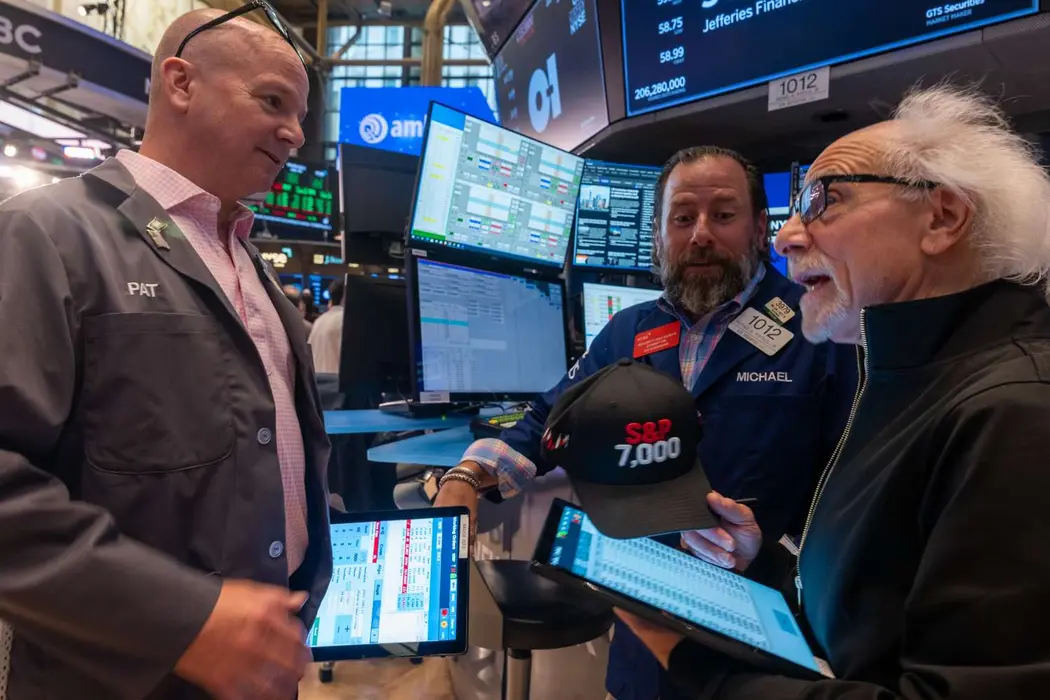T4K3.news
Wholesale vegetable prices surge
A 38% rise in wholesale vegetable prices in July raises questions about tariffs and other factors and what it means for shoppers.
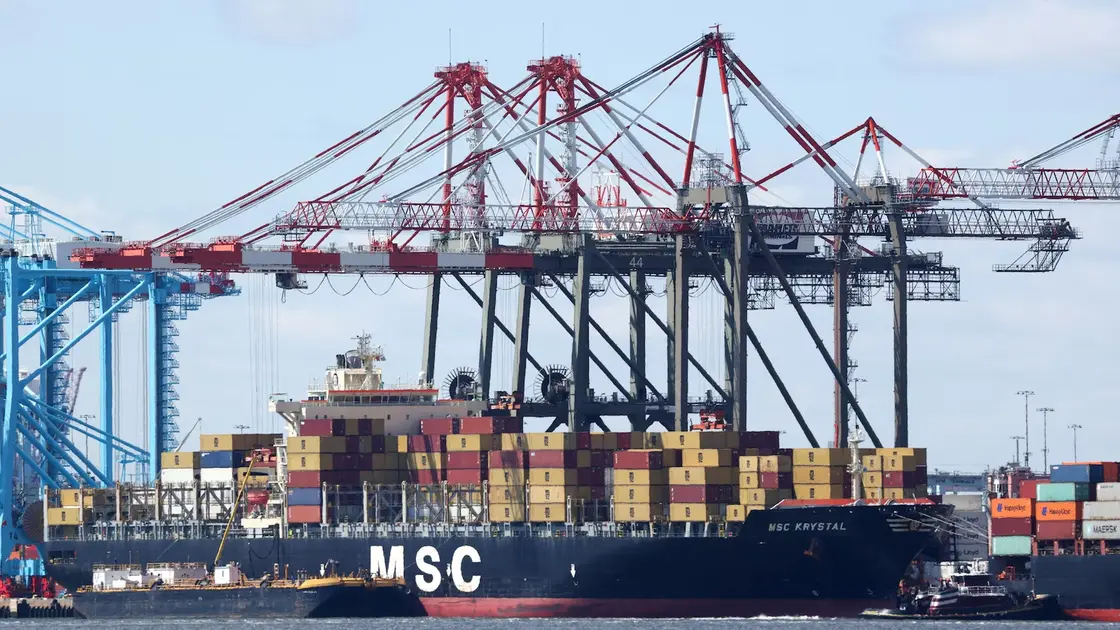
Analysts weigh whether a steep rise in wholesale vegetable prices is driven by tariffs or other factors and what it means for shoppers.
Tariffs unlikely sole cause of wholesale vegetable price surge
July wholesale prices for vegetables rose 38%, the largest jump among product categories, prompting questions about whether tariffs are pushing costs upward. Government data show consumer vegetable prices did not rise from June to July, suggesting any pass-through to shoppers may be slow or limited in the near term. The United States imports more than a third of its fresh vegetables, a reliance that can make tariff moves feel immediate in wholesale costs for perishables that cannot be stockpiled.
Analysts say multiple factors may be at work, including adverse weather and supply-chain disruptions. Some also point to labor costs tied to immigration policy. While tariffs could contribute, the evidence is not yet clear. Parke Wilde of Tufts University cautioned against drawing conclusions from a single index, and David Ortega of Michigan State University noted tariffs could be part of the picture but not the sole cause.
Key Takeaways
"I don't want to jump the gun based on one segment of one index"
Wilde urges caution about attributing the price spike to tariffs alone
"This could be the impact of tariffs, but it could be a whole host of things"
Ortega notes tariffs could be part of the picture but not the sole cause
"Tariffs have not caused inflation, or any other problems for America"
Trump defends tariffs in a social media post
"There have been a lot of immigration raids across the country. Those could be impacting workers wanting to go into the field to harvest"
Ortega links immigration enforcement to potential labor costs in farming
This episode shows how tariff politics collide with real world food markets. Perishables complicate how policy is felt in prices, and the data so far points to a delayed and uneven pass-through rather than a straight line from tariff policy to the grocery shelf. Weather, demand shifts and supply-chain strain can dwarf tariff effects in the short term.
The piece also highlights a political risk: tying everyday costs to policy rhetoric can backfire if shoppers do not see immediate relief or if costs rise for reasons beyond tariffs. Policymakers face a challenge to separate political signaling from practical outcomes, especially in a time of tight labor markets and fragile supply chains. The next few months will reveal whether policy tests actually hit the grocery aisle.
Highlights
- Tariffs rarely pay off for shoppers.
- Weather and supply chains shape prices more than headlines.
- Policy signals ripple fastest where perishables are involved.
- The grocery bill tests political promises.
Tariff debate risks political backlash
The piece engages with tariffs and immigration policy, both highly political topics. This can invite varied public reaction and potential backlash from different stakeholder groups.
The price story will unfold alongside policy and weather in the months ahead.
Enjoyed this? Let your friends know!
Related News
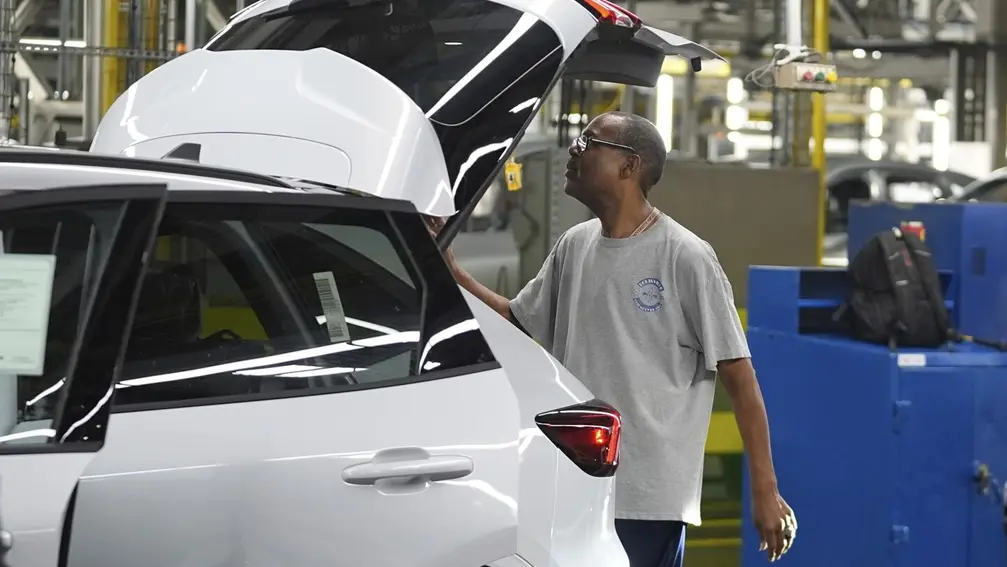
Wholesale inflation climbs in July amid tariffs
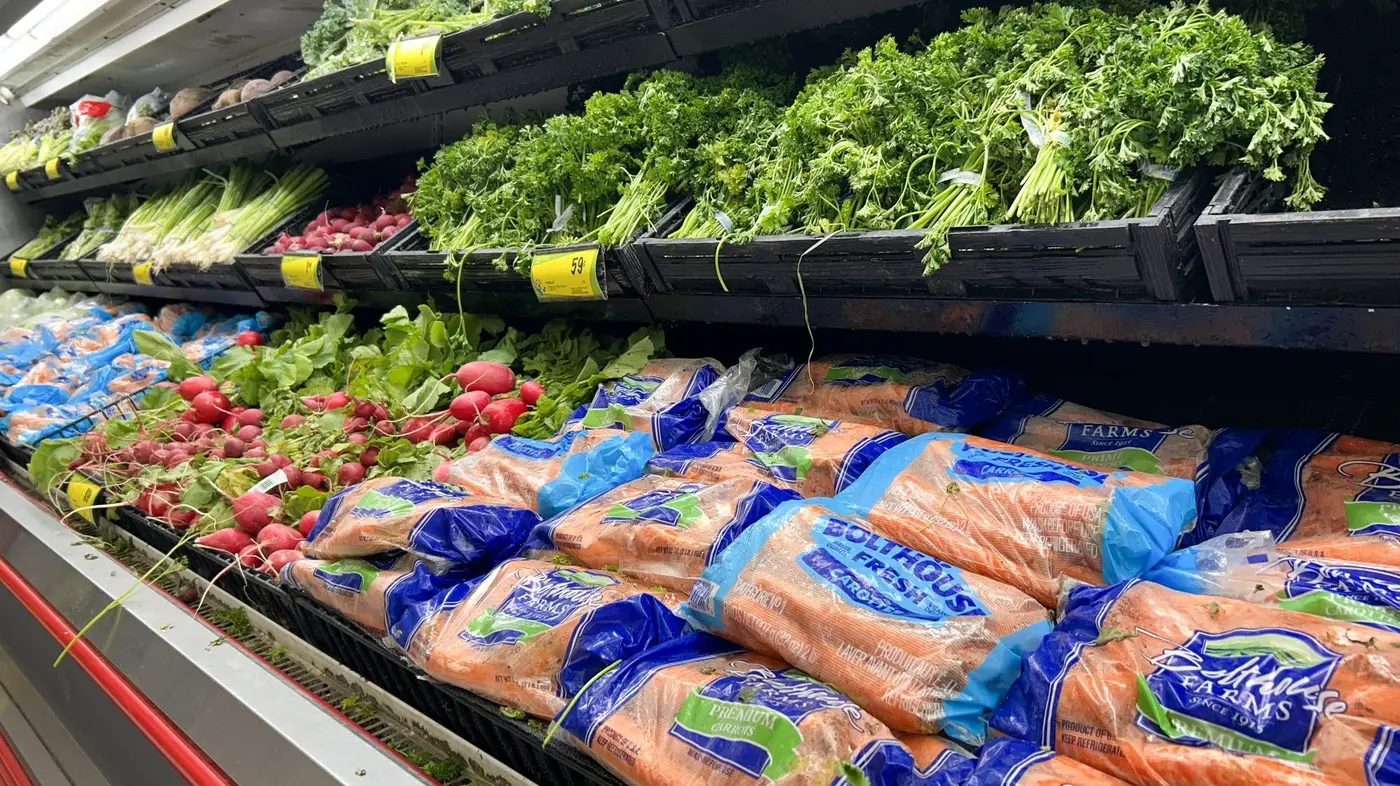
Wholesale vegetable prices rise

Food prices rise 4% driven by increased meat and tea costs
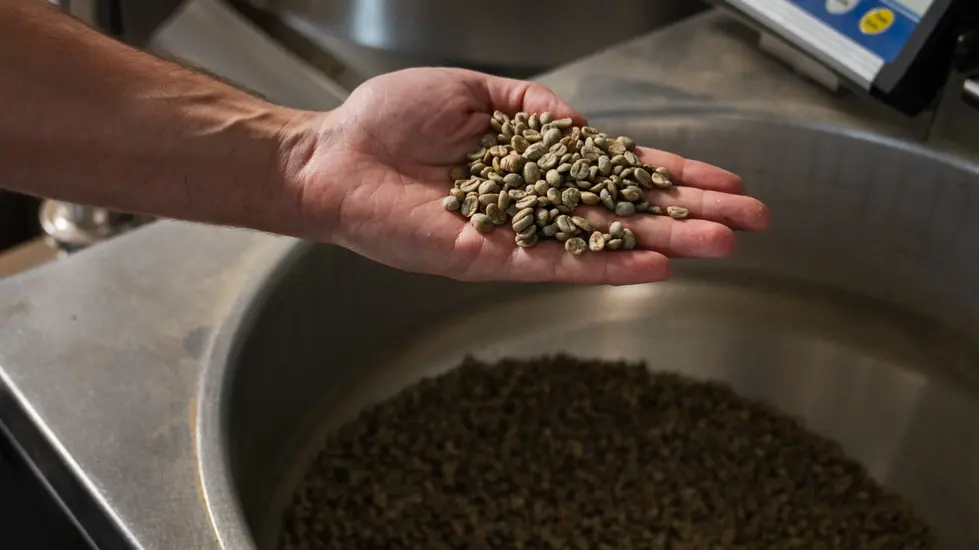
Coffee prices expected to rise due to new tariffs on Brazilian imports
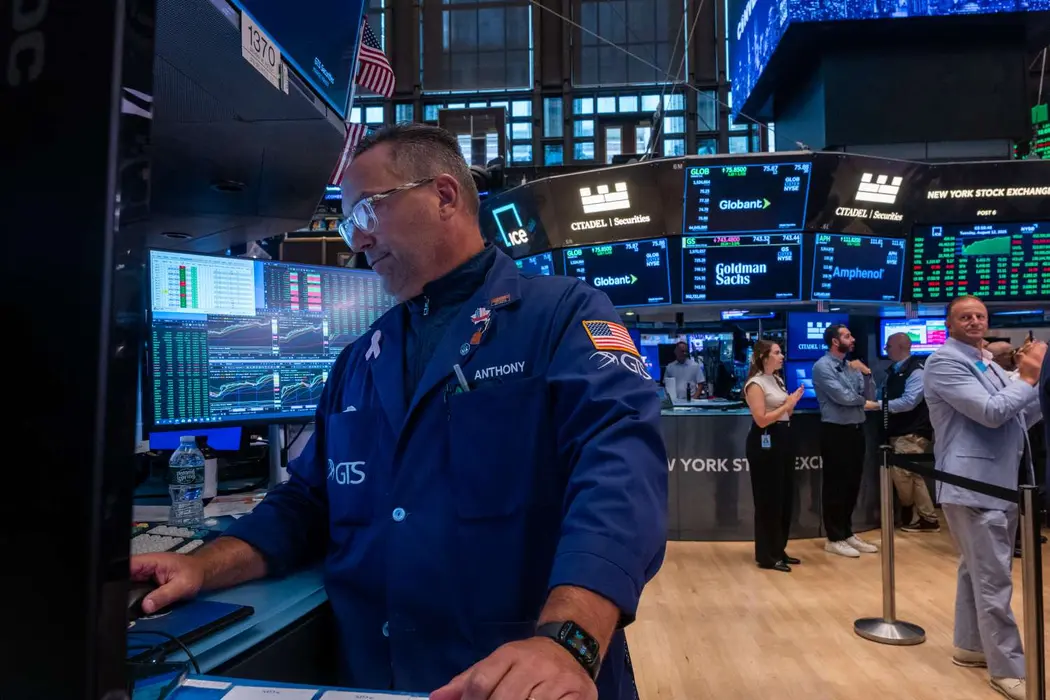
S&P 500 Holds Narrow Gain Intel Extends Rally
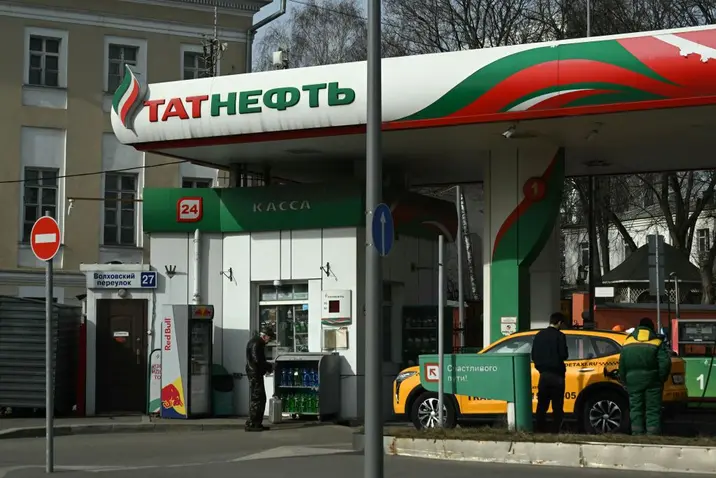
Russia prepares for stricter gasoline export ban
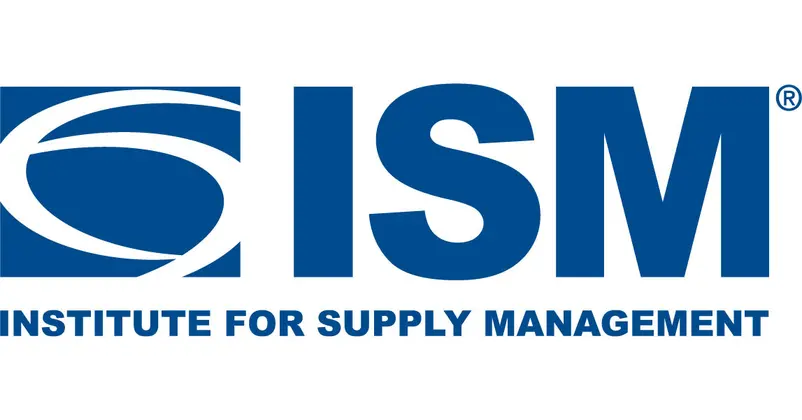
July 2025 Services PMI indicates slow growth

Electric Bills to Rise in 13 States Due to Data Centers
